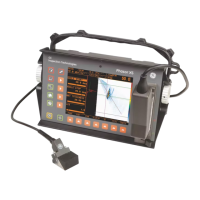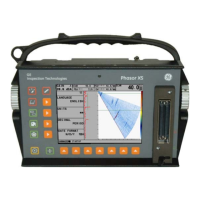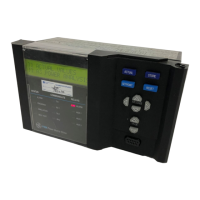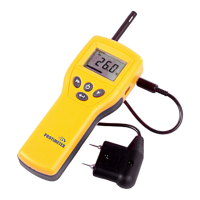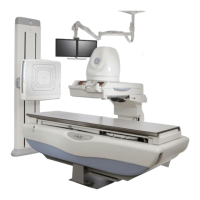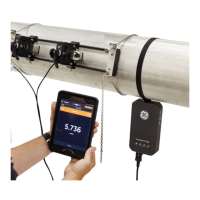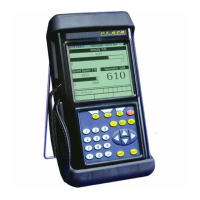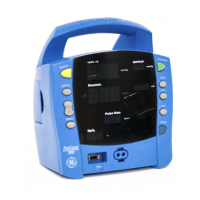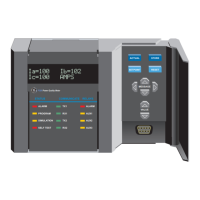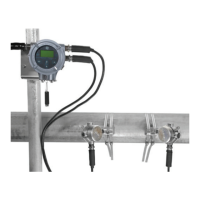August 2003
9-6 Diagnosis and Troubleshooting
Sensor is contaminated
with conductive parti-
cles (refer to Appendix
A).
Probe reads
high dew point.
Clean the sensor and the sensor
shield as described in Aluminum
Oxide Probe Maintenance on
page A-9 in Appendix A. Then rein-
stall sensor.
Sensor is corroded
(refer to Appendix A).
Probe reads too
wet or too dry.
Return probe to factory for evalua-
tion.
Sensor temperature is
greater than 70°C
(158°F).
Probe reads too
dry.
Return probe to factory for evalua-
tion.
Stream particles caus-
ing abrasion.
Probe reads too
wet or too dry
Return probe to factory for evalua-
tion.
Symptom: Screen always reads the wettest (highest) programmed mois-
ture calibration value while displaying dew/frost point.
Probe is saturated. Liq-
uid water present on
sensor surface and/or
across electrical con-
nections.
Clean the sensor and the sensor
shield as described in Aluminum
Oxide Probe Maintenance on
page A-9 in Appendix A. Then rein-
stall sensor.
Shorted circuit on sen-
sor.
Run “dry gas” over sensor surface. If
high reading persists, then probe is
probably shorted and should be
returned to the factory for evaluation.
Sensor is contaminated
with conductive parti-
cles (refer to Appendix
A).
Clean the sensor and the sensor
shield as described in Aluminum
Oxide Probe Maintenance on
page A-9 in Appendix A. Then rein-
stall sensor.
Improper cable connec-
tion.
Check the cable connections to both
the probe and the PM880.
Table 9-2: Troubleshooting Guide for Common
Problems (Continued)
Possible Cause
System
Response Action
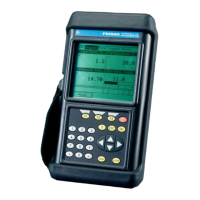
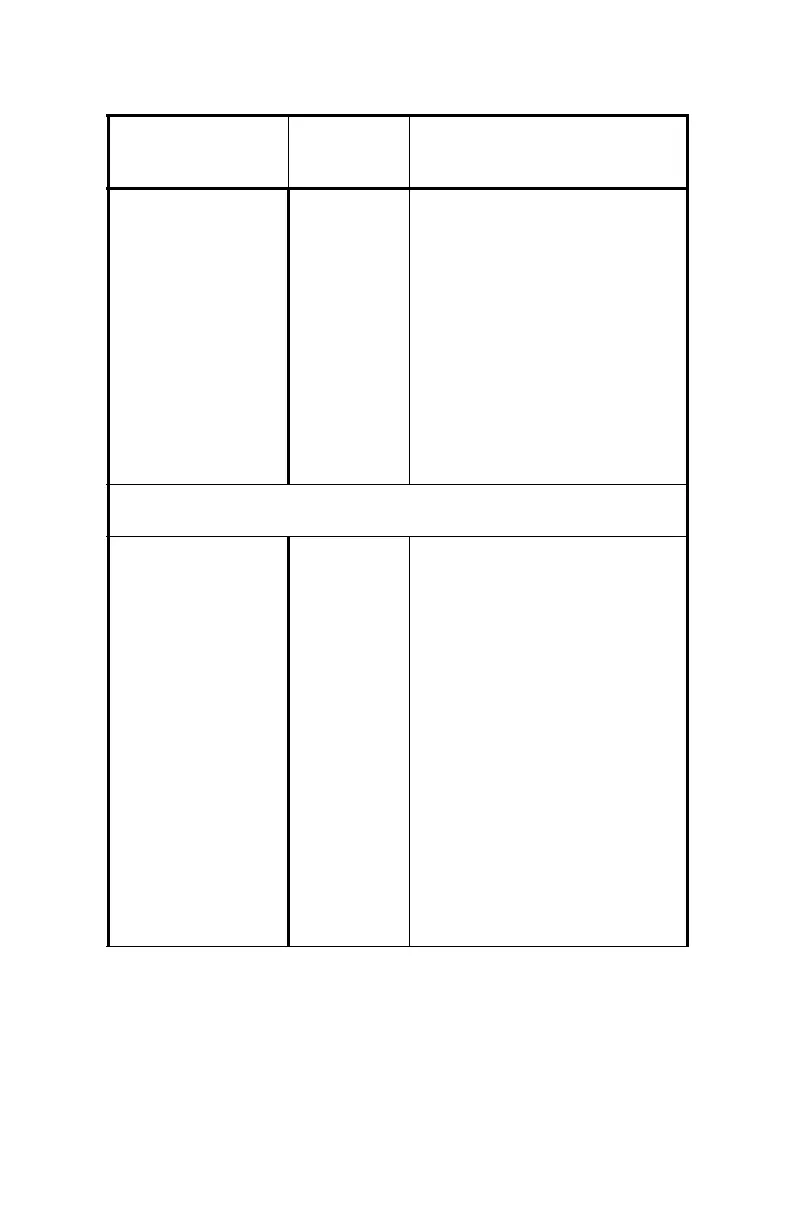